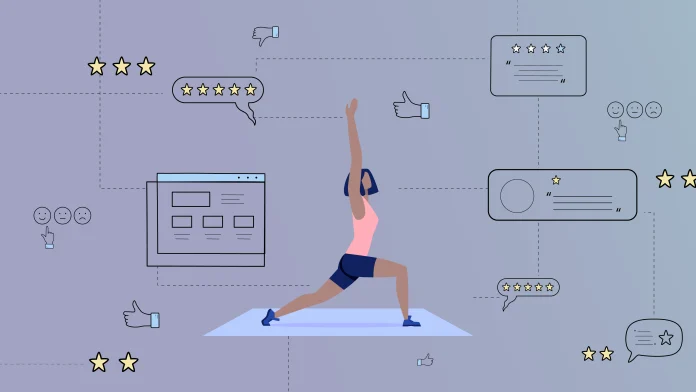Written by Matias Alonso
Medically reviewed by Grisel Aranzabe (Nutritionist, low-FODMAP approach & Human Microbiota Specialist)
You might find something surprising at your next annual blood test: low Vitamin D levels. Don’t panic—it’s far more common than most people realize. Nearly half of the global population is deficient in Vitamin D, a nutrient essential for both physical and mental health. The good news? A few lifestyle tweaks—depending on its cause and levels—can make a big difference.
What Exactly Does Vitamin D Do?
Vitamin D is more than just a vitamin—it acts like a hormone, regulating hundreds of processes in your body. It helps your immune system stay strong, supports bone health by absorbing calcium and phosphorus, and influences muscle function, mood, and metabolism.
Low Vitamin D has been linked to conditions like fatigue, muscle weakness, poor bone density, and even mood changes. During pregnancy, it plays an important role in preventing complications such as preeclampsia and gestational diabetes. For babies and children, healthy levels support bone growth and lung development, helping lower the risk of bronchitis or asthma.
In most blood tests, Vitamin D is measured as 25-hydroxyvitamin D. Functional medicine specialists often recommend maintaining values above 60 ng/mL, while conventional ranges may start at 30 ng/mL.
Signs and Symptoms of Vitamin D Deficiency
The symptoms can be subtle at first—tiredness, muscle pain, or frequent colds. Some research also suggests that low Vitamin D may play a role in depression and mood swings, though evidence is still evolving.
It’s also linked to metabolic health: people with low levels tend to show higher risks of hypertension, type 2 diabetes, and excess abdominal fat.
Certain factors increase your risk of deficiency:
- Darker skin tones, which absorb less sunlight.
- Older age, since skin synthesis decreases over time.
- Higher body fat, as Vitamin D is stored in fat tissue and becomes less available to the body.
How to Get More Vitamin D—Naturally
Sunlight is your best ally. Just 15 to 20 minutes of direct sunlight a day can help your body produce Vitamin D—ideally on arms, legs, or face, without sunscreen during that brief period.
Still, many of us spend most of our days indoors. To help fill the gap, include these Vitamin D-rich foods in your diet:
- Fatty fish like salmon, tuna, or sardines
- Egg yolks
- Mushrooms (especially those exposed to sunlight)
- Fortified foods such as milk, yogurt, or plant-based alternatives
If you live in regions with limited sunlight—especially during winter months—your levels may drop despite good habits. Populations closer to the poles often counter this by eating more fatty fish, a tradition worth bringing back into modern diets.
Vitamin D Supplements: When (and How) to Take Them Safely
Vitamin D supplements are easy to find and can be a safe way to restore your levels—but only under professional guidance. Because this vitamin is fat-soluble, it stays in the body longer and can build up to excessive amounts if not monitored.
Before starting any supplement, get your blood levels tested and talk to your doctor about the right dosage and form (Vitamin D3 is usually the most effective). Over-supplementation is rare, but caution is key.
The Bottom Line on Vitamin D
Getting enough Vitamin D isn’t just about stronger bones—it’s about energy, immunity, mood, and long-term health. Combine regular sunlight, nutrient-dense foods, and medical follow-up to find your ideal balance.
Small steps—like stepping outside for a few minutes each day—can do wonders for your well-being.





